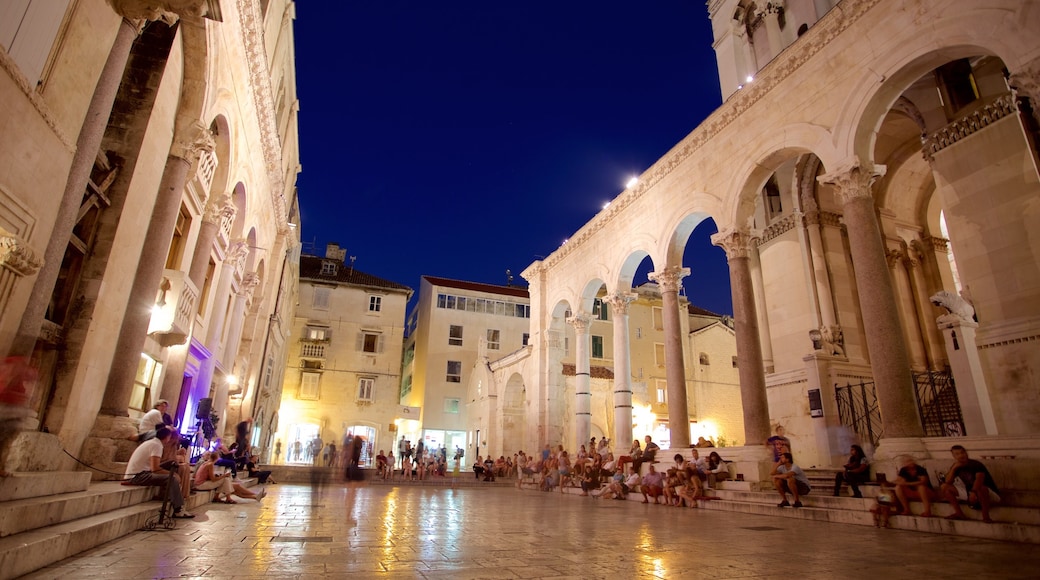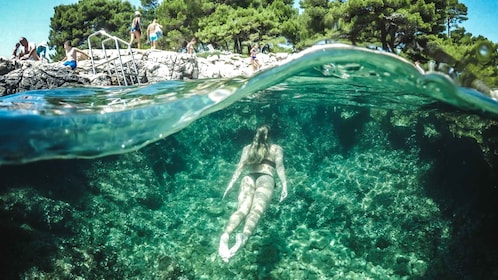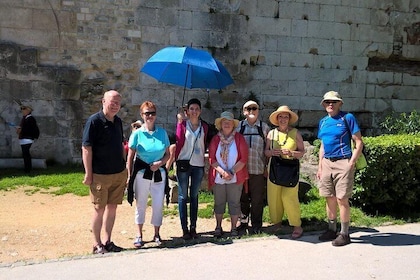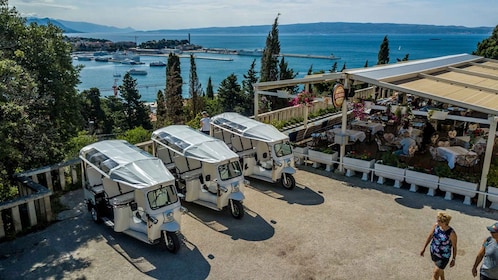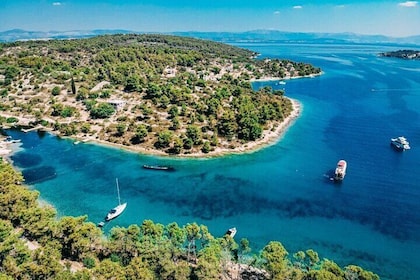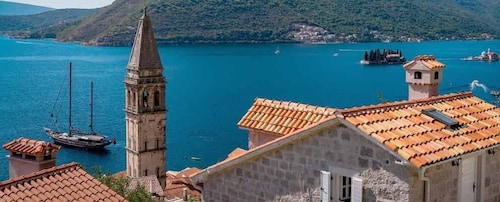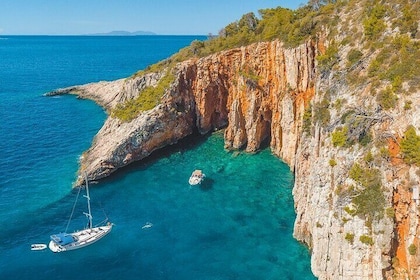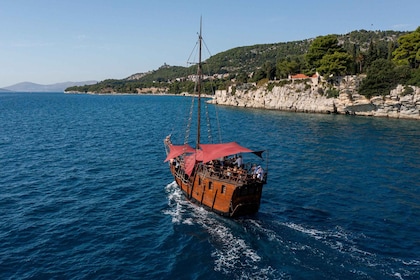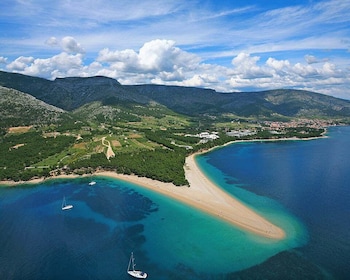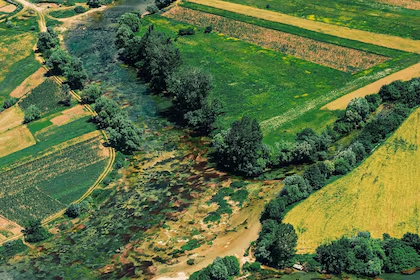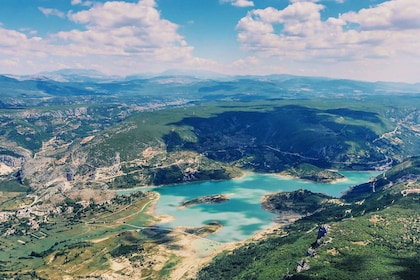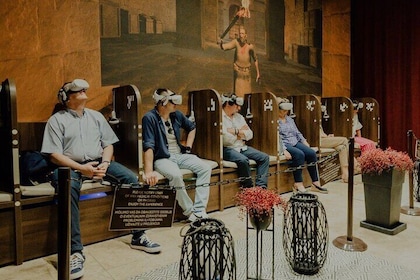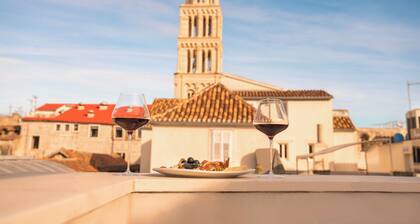Diocletian’s Palace is home to some of the most remarkable Roman ruins on earth. Once a retirement home for a powerful emperor, this ancient fortress has evolved into Split’s old town. Today, about 3,000 locals now live within its confines. Wander through narrow lanes and look for remains of the old palace and its fortifications.
The palace was built by Roman Emperor Diocletian after he retired from politics in A.D. 305. Blaming ill health for his abdication, Diocletian was the first Roman emperor to voluntarily relinquish his title. He spent the final ten years of his life here. Visit the historical core of the city and discover how it has changed since Diocletian’s time.
Enter the palace through one of four gates. You’ll soon be struck by the abundance of glossy white stone. Sourced by Diocletian, this stone came from the nearby island of Brač.
Weave through the twisting streets and note the shop fronts and house façades, many of which are medieval additions. Despite being built in the Middle Ages, these buildings feature original Roman materials, such as columns. Look for stone sphinxes, which Diocletian imported from Egypt.
Check out the Peristyle, a central open-air square which once provided access to Diocletian’s personal quarters. Note the Protiron at the square’s southern end. This triangular gabled entrance porch once led to the imperial apartments. East of the square lies the Cathedral of St. Domnius, which originally functioned as a mausoleum and held Diocletian’s remains. It was later converted into a church. Climb to the top of its bell tower for some of the best views in the city.
Move west from the Peristyle to encounter the Temple of Jupiter. The only remaining temple of a triad, it was converted to a baptistery during the Middle Ages. Inspect the intricate moldings on the door and venture inside to see medieval stone tombs.
Diocletian’s Palace extends inland from the waterfront and is best explored on foot. Walk through the palace complex for free but pay a fee to enter certain buildings, including Jupiter’s Temple and the Cathedral of St. Domnius.

